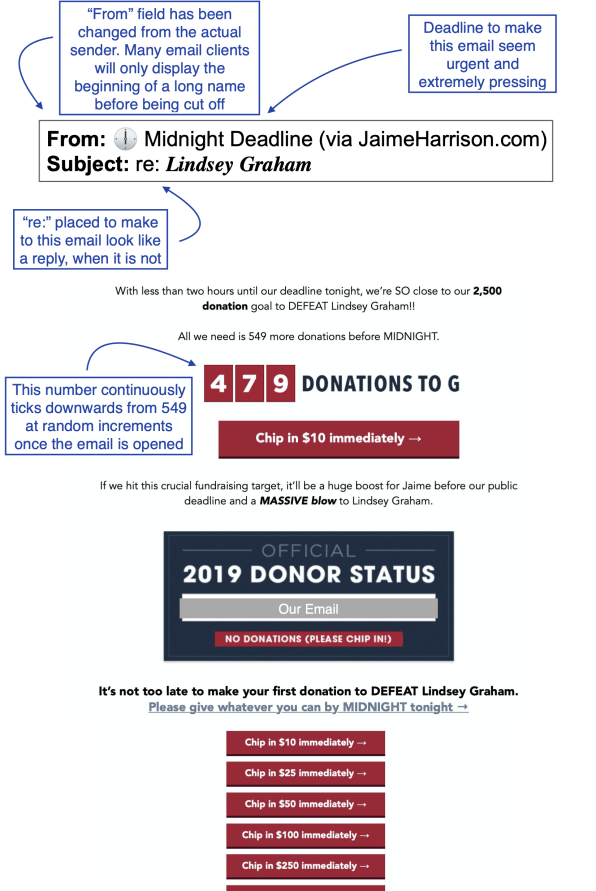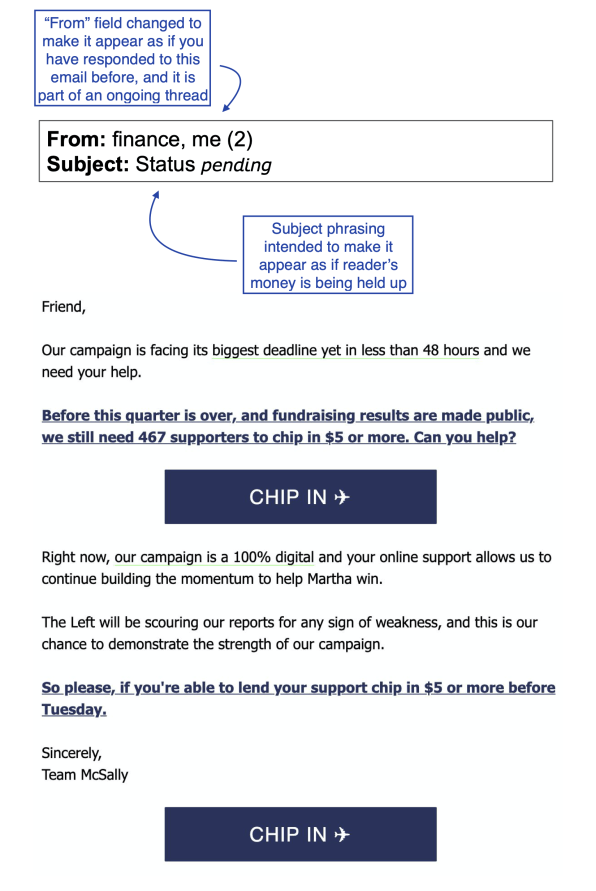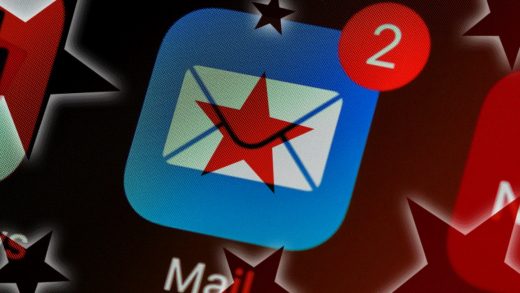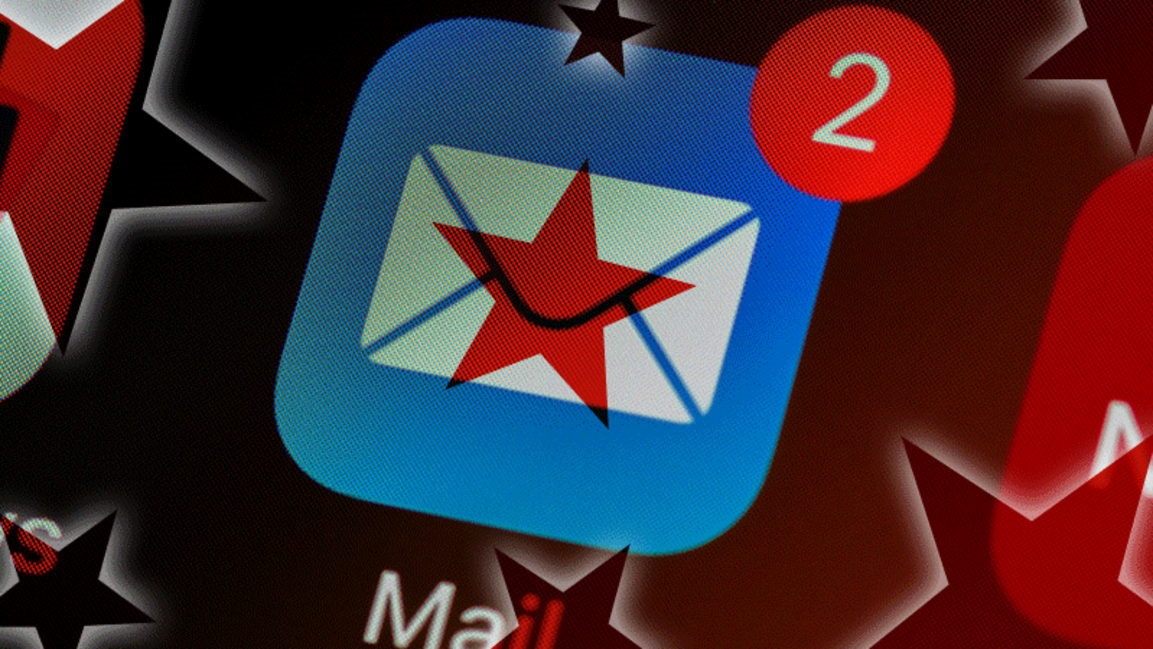How politicians convince you to open their spammy, manipulative emails
Re: Urgent: We only have until midnight to meet our fundraising deadline and deal a decisive blow to our opponent! If you donate before midnight you’ll get a 3X match on your money!
We’re all getting political fundraising emails like this now. One moment of enthusiasm in which we give our email to some candidate or cause can lead to torrent of emails that can last for months. And their tone is almost always a little clingy, a little desperate, a little manipulative. That’s not by accident.
Only about a fifth of political emails ever get opened. That’s why campaigns and email consultants go to such trouble to entice the recipient to click.
A new study by Princeton researchers shows that political campaigns at all levels and on both sides of the aisle often use a common set of misleading content and design tactics to get you to open their emails and hit the donate button.
After using a bot to sign up, the researchers received and analyzed more than 100,000 political emails from 800 senders, from December 2019 through all of 2020. The sample includes all the presidential candidates and numerous Congressional candidates.
“We found six tactics that senders use to manipulate recipients into opening emails,” the researchers report in their study. “The typical sender used at least one manipulative tactic in about 43% of their emails. Most senders—99%—use them at least occasionally.”
The Princeton researchers identified six common tricks, from arbitrary deadlines to exaggerated, dramatic subject lines. The main reason for employing these tactics? They actually work. Their manipulative nature can turn your inbox into a mess of spammy, dramatic pleas for your attention. While many us might be immune to such ploys by now, those with less digital literacy can be susceptible to these tricks.
Email tricks, from content to interface
Campaigns often use various kinds of clickbait in the subject line. They might express some high drama, as in “Mark Kelly SLANDERED” or “Huge Announcement!”
“It creates exaggeration and shock, often with appeals to group identities,” the researchers write in their report. “In practice, it is characterized by liberal use of capitalization, punctuation, and emoji.”
They may use headlines that leave out a key piece of information that you can only get by clicking. “Bumping this for you” and “let’s prove him wrong” are examples. These subject lines also seem to imply some prior conversation on some issue that the recipient may need to “catch up” on.
One tactic that almost all campaigns use at one time or another is creating a “fear of loss” response in the recipient. The researchers say this is often done by referencing fundraising or other arbitrary deadlines that may or may not exist. “With less than two hours until our deadline tonight, we’re SO close to our 2,500 donation goal to DEFEAT Lindsey Graham” reads one actual email from Jaime Harrison’s Senate campaign in South Carolina. The email also has a countdown graphic that ticks down at random after the email is opened, the researchers found.
Many campaigns try to lure donors with the promise of funds “matching” from some unknown entity. “Only three more hours to receive 8X funds matching,” reads an actual Trump email.
While donation matching offers donors a chance to make their dollars go farther, it’s really more of accounting gimmick. Democratic campaign consultant Colin Delany says campaigns that offer donation “matching” are usually just allocating money that’s already coming in to cover the match. A campaign could actually match donation dollars through an arrangement with large donors, but campaign finance laws are in place to cap how much either party can give during a given cycle. Individual donors, for example, may give a maximum of $2,800 to their 2020 presidential candidate of choice.
And there are limits on how effective the matching tactic can be, especially because most voters have seen it numerous times. “The Trump campaign advertises an 8X match, but from what I’ve heard there’s no real evidence that it’s more effective than a 2-fold or 3-fold match,” says Delany.

Campaigns also use deceptive tricks in the email program interface to influence the recipient, the study found.
Some senders leave the email’s “from” field blank so that the recipient has to click through to find out who the message is coming from, the study found.
Some campaigns have tried to fool the recipient into opening emails by making them appear as if they’re part of an ongoing thread. They sometimes write something like “John, me (2)” in the “to” field to suggest other people in the thread. Or they preface the subject line with “re:” or “Fwd:”.
Everybody does it
Even though many of these email tricks seem gimmicky, it’s noticeable that virtually all Congressional and presidential campaigns use at least some of them. The reason for that is pretty simple—they work.
One of the Princeton study authors, associate professor of computer science Arvind Narayanan, says his group learned from previous research that private companies also use a fairly compact set of manipulative design tactics called dark patterns in their marketing emails. Political campaigns may use them for the same reasons, he said. “[It] could be that these tactics exploit cognitive biases that we share, such as impaired decision making when we feel a sense of urgency,” Narayanan says in an email to Fast Company.
Democratic campaign consultant Delany recalls one campaign where testing showed that adding a dash of urgency made all the difference. “We were running a campaign in South Carolina and we tried a number of different things but it was the ads that said we have a deadline to hit 500 signatures that worked.”
Both Narayanan and Delany point out that a lot of copying goes on in the email fundraising world. It’s not hard for a member of one campaign to sign up for the emails of another and look for signs of winning tactics.

“You’ll see a lot of the same tricks over and over,” Delany says, adding that such copying doesn’t always pay dividends.
“They copy each other without actually doing the research and testing themselves, and they may be copying bad practices, not good ones,” Delany says. “And a lot of them use the same [email marketing] firms.”
Down to a science
Delany says that when you get a fundraising email, you’re not only getting a plea for donations but you’re also very likely part of a test. Campaigns (or their fundraising firms) routinely send many different versions of emails—containing different mixes of messaging and, often, dark patterns—to various chunks of their email list to see how they perform.
“We know from staffer accounts that the campaign operations have thought a lot about strategies to get people to open the emails and donate,” says another of the Princeton researchers, assistant professor of sociology Brandon Stewart, in an email. “They also have access to useful data such as when people open the emails and who donates which can help them optimize.”
One of the major problems these email wizards have to overcome is our fatigue at getting so many emails (the high frequency of the emails, no doubt, has also been proven to work through testing). And since campaigns often share your email address with other allied groups or campaigns, the number of fundraising emails landing in your inbox can multiply quickly.
This is mostly just an annoyance to many of us. But some audiences are more vulnerable than others to manipulative tactics in emails.
“Adversarial user interface design isn’t going to be helpful to anyone, but it seems like it would have a potentially stronger effect on older people,” Stewart said, adding that this was not specifically addressed in the study. “We know from prior research that low digital literacy is strongly correlated with age in the U.S. and that older people are more likely to consume and spread misinformation.”
Regulators (like the Federal Elections Commission) don’t have a lot of experience dealing with manipulative dark patterns commonly used in the digital world. But for vulnerable audiences especially, fundraisers should be held to a set of minimum standards of honesty and transparency with regard to the digital tactics they use to raise money.
(30)



